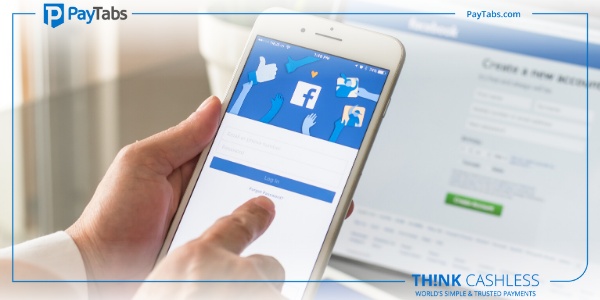Top Ways to Deal With Unpleasant Customers

During your daily operations, you are bound to come across angry and upset customers. Many times, such anger is justified while other times the real reason behind their irritation is not related to your business. However, in both cases, you need to find ways to calm such clients and win their trust back again. Here are some top tips to deal with such clients and ensure that they not only stick with your business but also bring more revenue to you.
Keep Calm: no matter how worked up or rude your customer is, the foremost rule is that you retain your cool. If a person is verbally abusive then take a deep breath and listen to their problem. This approach will allow you to analyze the problem in a rational manner. If you immediately jump the gun and respond to the client in a reciprocating manner, then the issue is bound to get out of hand. If you are interacting with the person in an electronic manner, then re-read your response multiple times before hitting the send button. This stance will let you re-assess and remain calm. However, keep in mind that you are also responsible for your own safety, so if there is any threat of physical harm then report to the appropriate authorities as per your organizational policies.
Listen & Apologize: even if the customer is angry and rude, they still deserve your proper attention. Listen to them carefully when they state their problem. If you have any doubts or concerns then ask appropriate questions. It is also important that you let the customer vent out. Do not interrupt while they are speaking and let them finish before you offer a solution. This approach builds trust and confidence. It also lets the client know that you are genuinely interested in solving their problem. Whether the problem was on your end or the customer’s issue was not genuine, even then offer a sincere apology. However, in the latter case, you may explain the situation to ensure that the client gets the true picture.
Act Fast: once you are done listening to your irate customers, it is important that you take immediate steps to resolve the issue. If the issue lies within your jurisdiction then resolve the issue as soon as possible. In other cases, escalate it to appropriate persons. You should also ensure that you properly communicate all the steps taken to resolve the issue to your client. This will make your client feel valued. During the process, keep the communication channels open with the client so that they are aware of latest developments. It will also satisfy your customer that their grievances are being addressed in a proper manner.
Remain Firm: as important as it is to be courteous to your client, it is equally important to hold your ground too. Being polite does not imply that you have to concede to each and every whim of your customer. If there are any issues which are either the clients’ fault or some other party’s responsibility then explain this situation in a calm manner to the customer. If the customer is making any unreasonable demand then explain organizational policies to them. However, in all the cases, it is important that your business does not suffer on account of client side problems.
Solve the Problem: it is important that you follow up appropriately that the problem is being resolved in a time-bound manner. Also keep the client updated about the steps taken and listen to their feedback. If a client has some specific concerns then ensure that such issues are explicitly dealt with during the resolution process. However, if the clients’ demands are unjustified that clearly communicate such issues to your customer. In such cases, mutual negotiations may be undertaken to reach a solution which is acceptable to all the parties. Once the issue has been resolved, ask your client for feedback to ensure that the things are settled in a complete manner.
Businesses are now required to provide the highest level of customer satisfaction. In many cases, this may become an odious task. However, with above guidelines you can ensure that your clients are always happy and satisfied.






